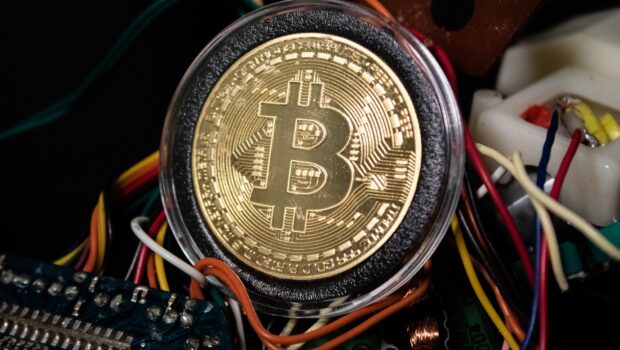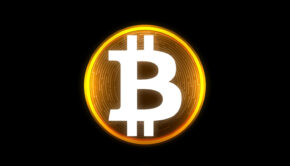Complete Concept of Bitcoin Mining Explained
Mining for bitcoins is actually the process of verifying other bitcoin transactions, which users are rewarded for. This mining activity helps to secure the network and prevents fraud. Miners are rewarded with transaction fees and new bitcoins.
The first miner to solve a block is rewarded with 25 bitcoins. As of February 2018, this reward was down to 12.5 bitcoins. The number of new bitcoins created each year is automatically halved every four years until it reaches a total of 21 million in 2140. There are many bitcoin trading software that is working very well. You can also use Bitcoin Motion Software if you want to do safe and profitable bitcoin trading.
Bitcoin miners use special software to solve mathematical problems and are issued a certain number of bitcoins in exchange. This provides a way to issue the currency and also creates an incentive for more people to mine. Miners are able to verify transactions and prevent fraud.
Mining is the process of spending computation power to secure Bitcoin transactions against reversal and introducing new Bitcoins to the system. Miners are rewarded with transaction fees and new Bitcoins generated by the network.
Bitcoin Mining is so-called because it resembles the mining of other commodities: it requires exertion and it slowly makes new units available to anybody who wishes to take part in the process. An important difference is that the supply does not depend on the amount of mining. In general, mining creates a new block every 10 minutes, releasing 12.5 new Bitcoins to the miner.
The Bitcoin network compensates miners for their effort by releasing bitcoin into circulation. In addition to receiving transaction fees, miners also receive a subsidy of newly created coins, currently set at 12.5 Bitcoins per block mined.
This gives a miner who has reached the computational threshold a revenue of 25 Bitcoins per block. The subsidy halves every four years, so it will be 6.25 Bitcoins per block in 2020.
Mining is also the mechanism used to introduce Bitcoins into the system: Miners are paid any transaction fees as well as a “subsidy” of newly created coins. This both serves the purpose of disseminating new coins in a decentralized manner as well as motivating people to mine.
Mining creates the equivalent of a competitive lottery that makes it very difficult for anyone to consecutively add new blocks of transactions into the blockchain. This protects the neutrality of the network by preventing any individual from gaining the power to block certain transactions.
In addition, mining serves to secure the network by creating a ledger of past transactions. Ethereum miners are rewarded based on their share of work done, rather than their share of the total number of blocks mined.
This allows individual miners to receive rewards even if they are only contributing a small percentage of the hashing power to the network. As mining progresses and becomes more difficult, it requires more and more computing power to earn rewards.
This has led to the emergence of mining pools, groups of miners who combine their resources in order to increase their chances of earning rewards. The rewards are then divided between the participants in the pool according to how much computing power they contributed.
Bitcoin is unique in that there are a finite number of them: 21 million. Satoshi Nakamoto, the creator of Bitcoin, imagined that as Bitcoins were mined and became more difficult to obtain, the price would rise.
The block reward given to miners is halved every 210,000 blocks or approximately every four years. This means that on average, a new block is added to the blockchain every 10 minutes and that 12.5 new Bitcoins are created.
At present, Bitcoin’s block reward is 12.5 Bitcoins. Half of this will be 6.25 Bitcoins after 210,000 blocks have been mined.
As the block reward diminishes over time, it will become increasingly difficult to earn rewards from mining. This means that miners will likely receive less income from their activities over time.
It is also important to note that while Bitcoin’s inflation rate is fixed, the price of Bitcoin can still go up or down. So even if the block reward remains at 12.5 bitcoins per block, the value of those bitcoins may change over time.
In fact, the value of a bitcoin has varied quite a bit since they were first created in 2009. For example, one bitcoin was worth approximately $0.08 in early 2010, $1 in early 2011, and $32 in late 2013.
More recently, the price has been hovering around $600. As more people learn about Bitcoin and its unique properties, the value is likely to continue to increase.
Cover Photo by Brian Wangenheim on Unsplash
















